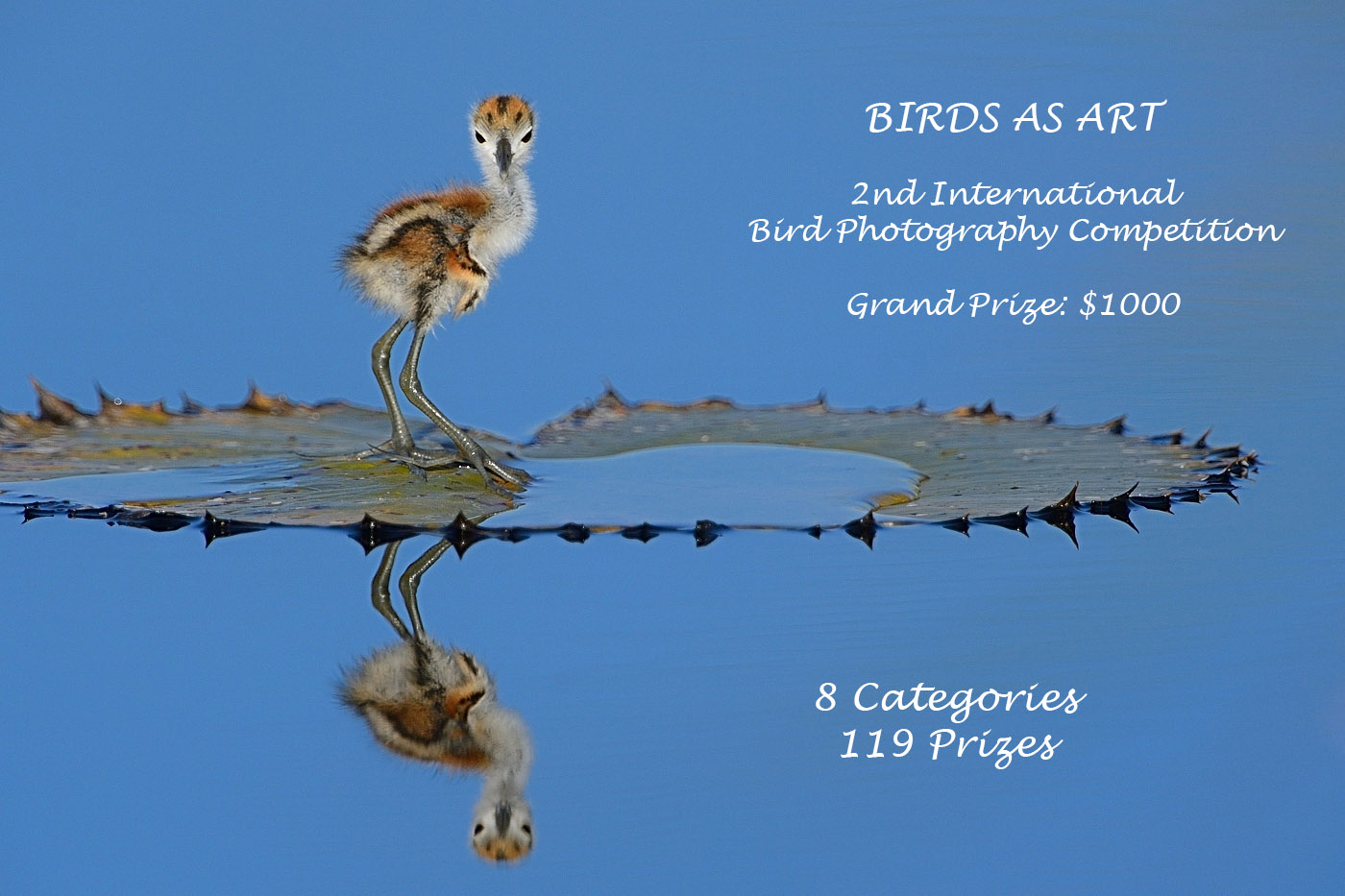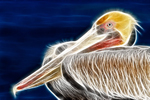FEATURES
- THE GREECE EXPLORATORY DALMATIAN PELICAN IPT REPORT
- THE BLOG IS THE BOMB!
- IPT UPDATES
no images were found |
| Dalmatian Pelican on sunny morning, Lake Kerkini, Greece Image copyright 2011: Arthur Morris/BIRDS AS ART |
| Canon EF 70-200mm f/2.8L IS lens with the EOS-1D MIV. ISO 400. Evaluative metering +2/3 stop: 1/320 sec. at f/11. |
| This image is as much about the reflection as it is about the bird. I used Tim Grey Non-Destructive Dodge and Burn to lighten the reflection. This technique is covered in detail in the free update of the Digital Basics PDF (that is coming quite soon!) |
THE GREECE EXPLORATORY DALMATIAN PELICAN IPT REPORT
Wow! What a great trip. Great birds and lots of them. Good weather. Great food. Great hotel (and host Nikos). And lots of great folks, happy campers all and quite eager to learn. A great co-leader in Robert O’Toole. A great guest, Peter Kes, our fish eye inspiration. And Yannis Arvanitis, a great assistant fluent in Greek who made everything easier for everyone. We enjoyed mostly overcast days that were great for photography and one spectacular still, sunny morning. And we all endured a single icy, windy day with freezing hands and feet; we were wet and the wind cut right through us.
no images were found |
| The whole gang plus our fisherman/boatman and his son, Lake Kerkini, Greece Image copyright 2011: Arthur Morris/BIRDS AS ART |
| Canon EF 24-105mm lens (at 32mm) with the EOS-1D MIV. With a Wimberley P-5 Camera Body plate on the Mark IV I was able to mount the camera atop the Giotto’s tiny ballhead and trigger the shutter with the 10-second timer. ISO 400. Evaluative metering +1 1/3 stops: 1/250 sec. at f/10 set manually. This is the first ever BAA IPT group shot! |
| From the back left (to right) are yours truly, fisherman Tomas, Ray Morris-Hill (UK), Theodorus Nazidiris (a local), & Peter (Switzerland). From the front left (to right): the fisherman’s son Gregori, Yannis (Chicago), Robert (Clearwater, FL), Paul Davison (UK), George Brunt & Jack Cohen (friends from Calgary, Alberta Canada, and Gerald Kelberg (Belgium). |
We did lots of photography from the shore, and lots of photography from the two boats. We would go out three photographers per boat leaving four of us on shore. We took shifts ranging from one to two hours depending on the weather. We did as many as four boat trips a day. Tomas and Gregori tossed fish that they had caught in their nets to the birds while we were underway and those on the shore did the same. The fisherman have been feeding the birds for several decades and the local breeding population continues to expand. Theo works for the government authority that manages Lake Kerkini.
no images were found |
| A small group of Dalmatian Pelicans enjoying a handout. Lake Kerkini, Greece Image copyright 2011: Arthur Morris/BIRDS AS ART |
| Canon EF 15mm fish eye lens hand held with the EOS-1D Mark IV. ISO 400. Evaluative metering +1 2/3 stops: 1/2500 sec. at f/3.5 set manually. |
| The trick here was to use the focusing sensor in the center of the bottom row. |
We took turns tossing fish to the birds. Peter Kes took the lead with his fish eye lens and shared it with the group once everyone saw the images.
no images were found |
| Robert (in the bow), Jack, and George photographing Dalmatian Pelicans with Gregori at the helm,Lake Kerkini, Greece Image copyright 2011: Arthur Morris/BIRDS AS ART |
| Canon EF 800mm f/5.6L IS lens with the EOS-1D Mark IV. ISO 400. Evaluative metering +1 2/3 stops: 1/640 sec. at f/5.6 set manually. |
| I could not resist photographing the photographers from shore with my big lens. |
The overcast conditions provided us a giant softbox so that the direction of the light was rarely an issue.
no images were found |
| Dalmatian Pelican braking in flight, Lake Kerkini, Greece Image copyright 2011: Arthur Morris/BIRDS AS ART |
| Canon EF 70-200mm f/2.8L IS lens (hand held at 200mm) with the EOS-1D Mark IV. ISO 400. Evaluative metering +2/3 stop: 1/2500 sec. at f/2.8 set manually. |
| It did not take us long to figure out that by running the boat in this direction or that we could choose our backgrounds. On cloudy days the distant hills made a beautiful backdrop. |
Whether from the shore or from the boat, flight photography was fantastic. The most popular lenses by far were the 70-200mm f/2.8s, at times with a 1.4X teleconverter. Robert did quite well with his Sigma 50-500. (Note: Robert is a Sigma contract photographer.)
no images were found |
| Dalmatian Pelican in flight, Lake Kerkini, Greece Image copyright 2011: Arthur Morris/BIRDS AS ART |
| Canon EF 70-200mm f/2.8L IS lens (hand held at 102mm) with the EOS-1D Mark IV. ISO 400. Evaluative metering +1 stop: 1/2500 sec. at f/5.6 set manually. |
| We saw the distant mountains with sun on them only a single morning and did our best to incorporate them into our images as I did here. |
The light was from my right when I created the image above. I do not mind the sculpted light on the pelican’s breast but note that the off-angled light resulted in the primaries of the bird’s left wing casting a shadow on the underwing. I am not a fan of that 🙂 Remember, point your shadow at the bird!
no images were found |
| Dalmatian Pelican in flight, Lake Kerkini, Greece Image copyright 2011: Arthur Morris/BIRDS AS ART |
| Canon EF 70-200mm f/2.8L IS lens with the 1.4X III TC (hand held at 280mm) with the EOS-1D Mark IV. ISO 400. Evaluative metering +1 2/3 stops: 1/1600 sec. at f/4 set manually. |
| Here I used the central AF sensor and attempted to keep it on the incoming bird’s head or face. |
Flight images like the one above were a dime a dozen for those working on shore. The key was to toss the fish in a manner that would isolate the incoming birds against open water.
no images were found |
| Dalmatian Pelican head throw, Lake Kerkini, Greece Image copyright 2011: Arthur Morris/BIRDS AS ART |
| Canon EF 70-200mm f/2.8L IS lens with the 2X II TC (hand held at 230mm) and the EOS-1D Mark IV. ISO 800. Evaluative metering +1 1/3 stops: 1/640 sec. at f/5.6 set manually. |
| When we photographed at a small offshore rock pile where the pelicans roosted I always used the 70-200 with the 2X III TC so that it would be easier to isolate my subjects. |
Whatever species of pelican you are photographing wherever in the world, creating pleasing images of head throws is always a big challenge; you never know which bird will perform the behavior next….
no images were found |
| Dalmatian Pelican, Wedding Dress Scapulars, Lake Kerkini, Greece Image copyright 2011: Arthur Morris/BIRDS AS ART |
| Canon EF 70-200mm f/2.8L IS lens with the 2X II TC (hand held at 335mm) and the EOS-1D Mark IV. ISO 400. Evaluative metering +1 2/3 stops: 1/200 sec. at f/11 set manually. |
| When creating tight images of feathers it is important to stop down for additional depth-of-field as the birds body’s are anything but flat. Here again working with the 2X TC allowed me to work tight. |
Robert alone will be leading an IPT to Greece early next year. Details will be announced soon. If you would like to have your name placed on the interested list shoot me an e-mail.
THE BLOG IS THE BOMB!
I continue to put about 20 hours a week towards making the blog informative, timely, and beautiful. If you are not subscribed, you are missing a ton of great stuff almost daily. You can subscribe to the blog posts by clicking here. Here are some recent posts of interest:
Memories of Klamath and Dreams of Kerkini. While traveling to Europe I had thoughts of the snow and the huge flocks of geese that I encountered at Klamath and the huge pelicans that I would be photographing for the first time when I got to Greece….
My dreams are realized at Greece; Oh My God and 214 Keeper Day at Lake Kerkini.
Learn to handle bright whites on sunny days by reading Great White Tricks (and get a peek at our second pelican species).
Having polio as a kid did not stop Dutchman Jan van der Greef from becoming a top-notch nature photographer.
Learn my bill cleaning tips and how to adjust your monitor using a calibration strip by clicking here.













I don’t have any trouble viewing images in normal size, though I view them on the web site, not the email. I do have another question though: somewhere on this site it says one can click on any image to see a larger version. That has never worked on my computers. I have three Macs, all on SnowLeopard and all on the latest updates. Am I confused?
Selwin, the images in the bulletins are displayed at maximum size (800 wide). A larger image is not available. References to viewing larger images are ‘old’ posts. Where did you see those ?
Hello Arthur,
I recently found your blog through OP magazine. I just wanted you to know that I really am enjoying your blog, and I think your blog And of course your photos are super great! I love these pelican pictures, maybe one day i’ll make it to greece for some of my own. I bought the new 70-200 ll a few months ago,but haven’t been able to try it yet (family stuff)…but after readiing your article about how much you like the lens, I am really inspired and looking forward to using it!!! I think I wiil get a 1×4 TC lll as my next purchase. Thanks for all of your work on your blog and for your inspiring information and pictures!
Dena
Thanks for your kind words Dena. And best of luck on all counts. Now get out there and make some images!
I wonder if others that use Macs have had difficulty with images rendering on the email version of the bulletin. The last bulletin that I have that rendered correctly was 359.
/jon
We would appreciate hearing from anyone having problems after giving the images time to load. Right now it looks as if Jon is the only one….